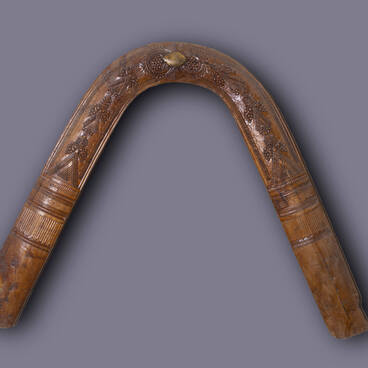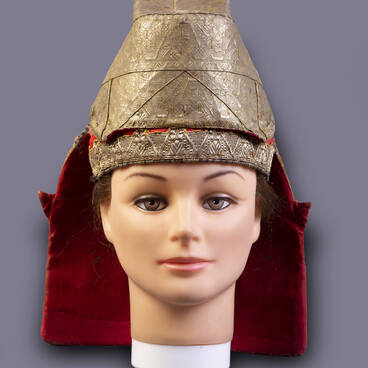The Dutch are believed to be the first designers of the sewing machine, which was created in the 14th century to facilitate the stitching together of large pieces of fabric in sailmaking workshops.
Isaac Merritt Singer is the creator of the famous sewing machine, which traces its history back to America of the mid-19th century. In 1851 Singer obtained a patent for a new sewing machine with a lockstitch. The machine had a straight needle with an eye at the point, a sliding boat shuttle, a presser foot to fix the fabric, and a toothed wheel of the cloth mover embedded in the table. Later Singer began to use a foot drive in his machines, consisting of a foot pedal and a spinning wheel.
At that time all other sewing machines used a manual lever. Isaac Singer and the lawyer Edward Clark founded the I. M. Singer & Co, headquartered in New York. In 1855 the Singer sewing machine won the first prize at the World Expo in Paris. A successful sale of sewing machines began in Europe, and then in Russia. Singer managed to reduce their cost and make them more affordable. Singer’s firm began to make spare parts for sewing machines, which could be ordered at the factory. Later, each sewing machine was supplemented with a set of parts and a manual on its use and repair. Later this principle became universal and mandatory for machine manufacturers.
The sewing machine on display at the Stary Oskol Museum of Local Lore belonged to the wife of the merchant Platonov, who lived in a large two-story house on Voronezhskaya Street. Even though the family was prosperous, the merchant’s wife enjoyed sewing for herself, friends and relatives. She was a well-known seamstress and craftswoman in the city.
The Singer mechanical foot sewing machine under serial number F3485516 consists of a metal base frame, a wooden work surface with a sewing machine mounted on it, and a metal treadle. When the treadle is pressed, the mechanism is activated. The sewing machine is made of metal, painted black. In the center of the frame there is a part with the Singer brand name on it.
Isaac Merritt Singer is the creator of the famous sewing machine, which traces its history back to America of the mid-19th century. In 1851 Singer obtained a patent for a new sewing machine with a lockstitch. The machine had a straight needle with an eye at the point, a sliding boat shuttle, a presser foot to fix the fabric, and a toothed wheel of the cloth mover embedded in the table. Later Singer began to use a foot drive in his machines, consisting of a foot pedal and a spinning wheel.
At that time all other sewing machines used a manual lever. Isaac Singer and the lawyer Edward Clark founded the I. M. Singer & Co, headquartered in New York. In 1855 the Singer sewing machine won the first prize at the World Expo in Paris. A successful sale of sewing machines began in Europe, and then in Russia. Singer managed to reduce their cost and make them more affordable. Singer’s firm began to make spare parts for sewing machines, which could be ordered at the factory. Later, each sewing machine was supplemented with a set of parts and a manual on its use and repair. Later this principle became universal and mandatory for machine manufacturers.
The sewing machine on display at the Stary Oskol Museum of Local Lore belonged to the wife of the merchant Platonov, who lived in a large two-story house on Voronezhskaya Street. Even though the family was prosperous, the merchant’s wife enjoyed sewing for herself, friends and relatives. She was a well-known seamstress and craftswoman in the city.
The Singer mechanical foot sewing machine under serial number F3485516 consists of a metal base frame, a wooden work surface with a sewing machine mounted on it, and a metal treadle. When the treadle is pressed, the mechanism is activated. The sewing machine is made of metal, painted black. In the center of the frame there is a part with the Singer brand name on it.




